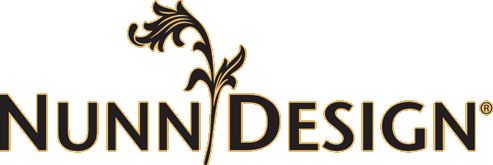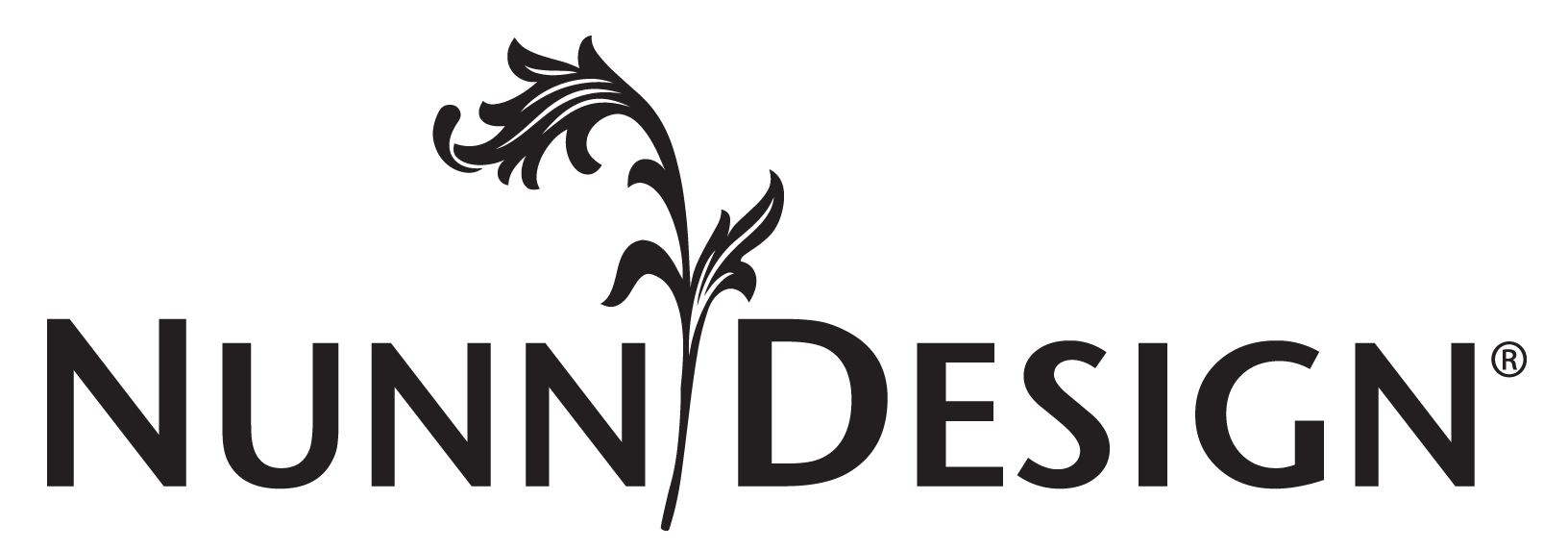Be Inspired, Tutorials
Excess 2-Part Epoxy Clay Bits – Make a Texturized and Colorized Drop Dangle!

These are super fun to create. I have been known to make a batch of these even without having excess Epoxy Clay. I create headpin swatches to use for testing my colorized resin. I do this to see exactly what the colorized resin is going to look like on various colors of Epoxy Clay prior to pouring my Colorized Resin on my finished piece. Good idea, don’t you think?
Be Inspired!



Learn How!
Materials Needed:
- Epoxy Clay
- Headpins
- Castin’ Craft Opaque Pigments
- Nunn Design 2-Part Resin Kit
- Clay Squishers
Other Supplies:
- Baby Powder
- Wet wipes
- Toothpicks
- Business Card
- Gloves
Step 1:
Follow the manufacturer’s instructions for the handling and mixing of the Epoxy Clay. While wearing gloves, pinch off two equal sized balls of Part A and Part B and blend together fully until the clay is no longer marbled and uniform in color. You have approximately 90-120 minutes of working time before the clay starts to harden, so take your time. Once the clay is thoroughly mixed, remove your gloves to make it easier to work with the clay.


Step 2:
Pinch off a small ball of the clay and roll it in the palm of your hands until smooth and round. Any creases in the clay will be more challenging to smooth out later, so roll until it is nice and smooth.

Step 3:
Poke the end of the headpin into the ball of Epoxy Clay. Use your fingers to gently sculpt a round ball around the headpin.

Step 4:
Now, let’s make an impression in our epoxy clay. Sprinkle or rub a wee bit of the baby powder over the surface of your Clay Squisher or texturing source. The baby powder will help the clay not stick to your surface. Place your Epoxy Clay headpin ball over the texturizing pad and squish down with equal force. You can use another Clay Squisher on top to create a pattern on both sides.



Step 5:
Now we are ready to colorize the Nunn Design 2-Part Resin with Castin’ Craft Opaque Pigments. Read the resin instructions for safety concerns regarding working with the Nunn Design Resin. When I work with resin, I always:
1. Place a large plastic bag over my work surface and tape it down.
2. I make sure I have ventilation in my workroom.
3. I wear gloves.
4. I wear glasses (readers because I can’t see anymore. Plus it protects my eyes!).
5. I have a pile of wet wipes handy.
Step 6:
Mixing your resin: Place one cup (included in the Nunn Design Resin Kit) onto your table. For curing purposes, it is very important that the resin be an exact 1 to 1 ratio of Part A and Part B. I suggest getting your eyes level with the resin so you can see the lines on the measuring cup. Pour Part A of your resin kit up to the ½ fluid ounce mark on your measuring cup. Pour Part B of your resin kit into the same cup until it is filled to the 1 fluid ounce mark. It is important to pour Part A first and then Part B. It is some chemical thing about the part B being heavier or something.



Step 7:
Set your timer for 2 minutes. Using the stir stick from your kit (a popsicle stick or coffee stir stick will work great too), slowly and carefully stir your resin scraping the sides as you stir. Stir for a minimum of 2 minutes. If your resin is still cloudy continue to mix until clear. After mixing is complete and your resin is clear, scrape both sides of your stir stick on the edge of your resin filled cup. Set the mixture under a warm lamp for 5 minutes. I like the lamps with the adjustable arms that can get right down next to the resin. This aids the air bubbles in the resin to rise to the surface and pop.


Step 8:
After your resin has been under the lamp for 5 minutes, pour a small amount of the mixed resin into a measuring cup. Add in a toothpick tip of the Castin’ Craft Opaque Pigment Yellow and Blue to give the resin a slight teal color. If the resin isn’t as opaque as you would like, add in a toothpick tip of the White Opaque Pigment. You can mix the full 1 fluid ounce of resin if you want, but I transfer the resin into smaller cups because it is easier to stir and less messy to move around when less full.


Tip: Be sure that the colorant does not equal more than 10% of your resin as having more than 10% could cause issues with curing!
Step 9:
Place a Ziploc bag onto the business card to prevent your pieces for getting stuck to the paper if you have any overflow (which you probably will).


Step 10:
Once the piece is cured, create a loop to attach to your jewelry creation.

This is part of a series of tips and tutorials on using excess Epoxy Clay bits. Make sure to check the blog for the other tips!
Shop Nunn Design Wholesale
Nunn Design has been supplying jewelry artists with findings for over 20 years. Shop wholesale jewelry findings for creative jewelry makers.
Shop Nunn Design!How to Purchase Wholesale?
If you are interested in becoming one of the many designers who trust their jewelry to Nunn Design Findings, please join us by registering to become one of our wholesale customers!
Please visit our Where to Buy Page for a listing of online stores that sell Nunn Design Findings retail.
If you enjoyed reading this post, please subscribe to our blog. Here are 10 Reasons Why to Subscribe and a place to do so!







Do you pour resin on both sides (after one side cures)?
You could, yes, but it could be tricky to get the second side level before applying the resin. Also, make sure your piece is fully cured or you will potentially create a flatten section or have side 1 stick to the surface.
Another thing you could do is texturizing both sides of the Crystal Clay. In step 4, instead of using you finger, use another Texturizing pad to create an impression on both sides. That way both sides are decorated.
Love! I actually do the same thing, but then use the freshly-created headpin in my designs. I’ve been on such a kick of making these lately – it’s pretty safe to say I won’t be using a plain headpin for a very long time!
They are great little accents that add so much to a jewelry design. Send in a photo sometime of how you use them Katherine.
Is the tiny drop underneath the bee pendant made from a clay squisher? That design is fabulous!
Good eye Kitty. No, that drop on the bee pendant is not made from a Clay Squisher. It is actually made from a mold. Here is the link to that tutorial: https://www.nunndesign.com/excess-crystal-clay-bits-make-a-sculpted-drop-accent-charm/
Becky